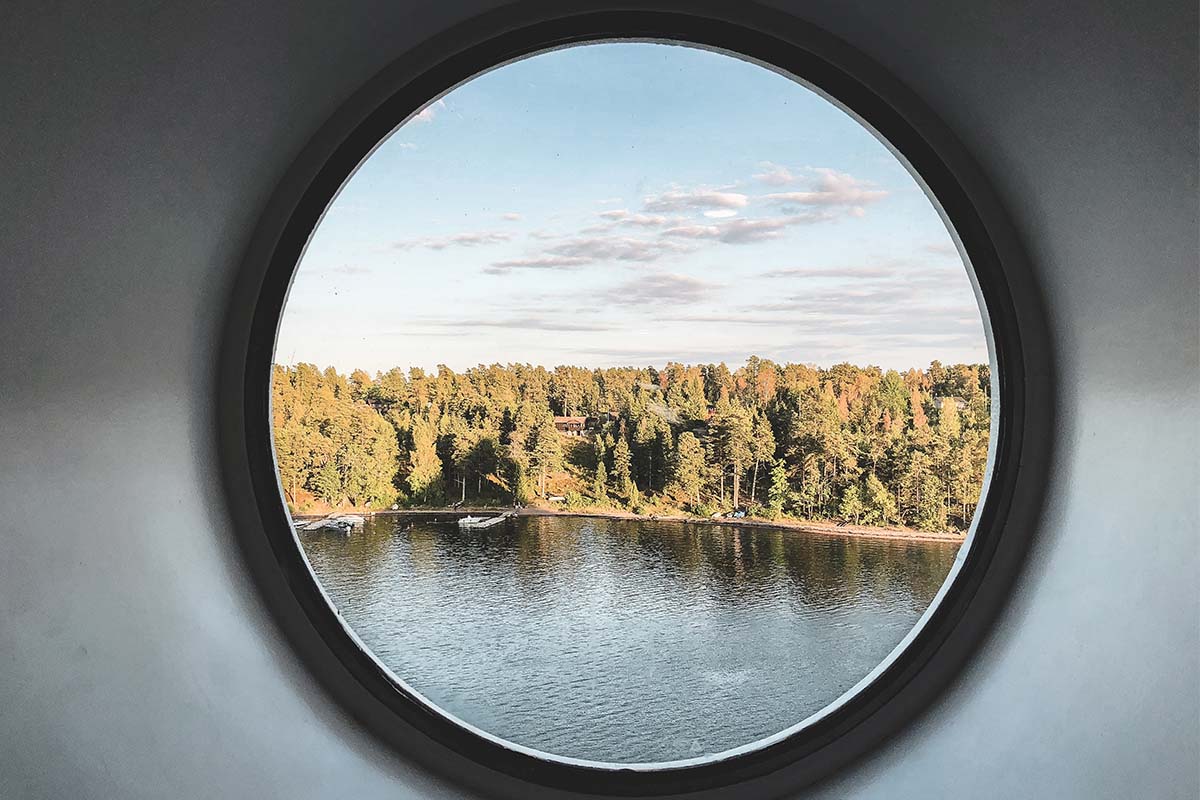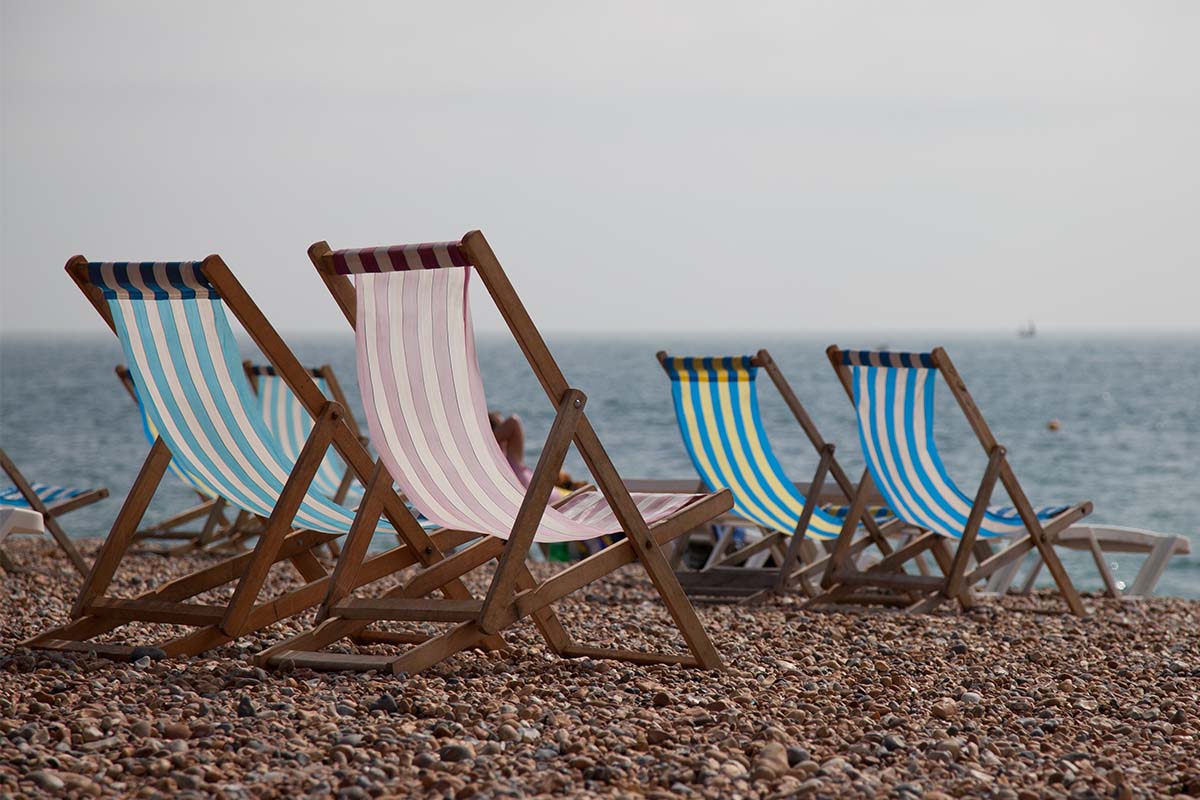America doesn’t like vacation.
If it did, it would follow the lead of every single other country in the Organization for Economic Cooperation and Development — a 37-nation intergovernmental initiative of high-income economies — and require its employers to give workers paid vacation days and paid holidays. It would look to France or Austria or Spain, which, nationwide, mandate at least 25 paid days off a year. If America truly liked vacation, or at least respected it, more than half of its employees wouldn’t end the year with unused days, amounting to 768 million days left on the table and $60 billion in squandered benefits.
It’s difficult to pin down the root cause of such an unhealthy relationship. You’d have to dissect centuries of a distinctly American psyche — its national attitude, its perceived exceptionalism, its income inequality, its treatment of immigrants, its carrot-dangling, rags-to-riches mythos. But the easiest through line here is work, and the country’s outsized veneration of it. The phenomenon is perhaps best exemplified by work’s opposite — vacation — and the very American reason for not taking it. According to the latest annual “State of American Vacation” report from the U.S. Travel Association, the primary reason American employees don’t use vacation days is a “fear of looking replaceable.”
Such reports often construct arguments along the premise of bolstering the American economy: when we sacrifice our PTO, we inject less money into important domestic industries, which robs the country of an estimated $255 billion opportunity each year, and almost two million extra jobs. But vacation days are also massively beneficial for the human beings taking them, as therapeutic health specialists have long pointed out. This core truth is especially important in a year 2020, which has somehow managed to dilute the value of a day off, while asking for more working hours, all against the backdrop of national heartache and a floundering economy.

A year ago, long before the public was familiar with the word coronavirus, the World Health Organization was warning about a different addition to its International Classification of Diseases: burnout. The WHO defined burnout as “a syndrome resulting from chronic workplace stress that has not been successfully managed,” and cited symptoms like feeling exhausted by work, cynical about daily tasks, or generally less productive than usual. In recent months, that designation has received special attention, mainly because employee burnout is at an all-time high. Health organizations that already saw fit to label burnout an “occupational phenomenon” have been scrambling to make sense of the new, unofficial American workplace, the home, which has proven an even unhealthier arena for handling the 9-5.
As a recent article in the Harvard Business Review points out, the demarcations between work and non-work “are blurring in unusual ways.” Work, yes, has followed employees home since the advent of the Blackberry in the late aughts, and the Gmail-Slack one-two punch has made sure few commutes and de-commutes are ever completely free of the demands of the office. But at least before there was an office, and conversely, a home. There was a fixed threshold to walk out of at the end of the day, with geographical significance. There were work clothes. There were schooldays and after-school programs and camps, which all made sure the larger world had a hand in educating and entertaining your children.
Developments that seemed novel and beneficial when the WFH era began — like not having to commute, typing emails from bed, spending more time with family, having all day to get an assignment done — have steadily turned homes into burnout incubators. People are working longer and weirder hours than ever, all while weathering the understandable distractions of working in spaces with kitchens and televisions and small people who have needs. These efforts are often tinged with desperation. Studies have suggested that employees working from home feel compelled to prove they’re actually being productive by completing short-term tasks instead of focusing on long-term projects. It’s called the “urgency effect,” and it’s less than ideal; as a 2017 study outlines, this workplace approach actually hurts employee performance in the long run.
The end goal, for so many Americans, is to pretend that 2020 is “just a flesh wound”; that they can handle whatever challenges infectious diseases or managers may throw their way; that in a battered job landscape, where more than 40 million have claimed unemployment, they are indispensable, unwavering, able to log on the second the work day starts and available a couple hours after dinner, too, if necessary. No matter that the average amount of hours a day an employee can actually exhibit max productivity is less than three, according to recent surveys. No matter that a full day in front of a computer screen is an appalling assault on the eyes, the spinal cord, the cardiovascular system, and most importantly, the mind. Mental illness is having a hell of a year, with everything from poor sleep to suicide rates trending in the wrong direction.

A worker’s best defense against burnout is to take a break. Not just an afternoon constitutional. But a real, honest vacation. Extended time off decreases metabolic syndromes, increases creativity, limits stress on heart health and boosts mood. For so many American workers, though, the concept somehow remains a tough sell — and the pandemic hasn’t helped. Vacation days (and vacation company policies, at large) are currently experiencing a real-time identity crisis, thanks to a holistic shutdown in the hospitality industry and all-hands-on-deck sensibilities instituted after COVID-19 shattered a once-surging American economy. Who wants to take days off when airlines are operating at a fraction of their overall capacity and with dubious health protocols in place? Where is there to even go? And who wants to be that coworker at the office, who apparently needed to take a week off more than everybody else? The result: we’re two weeks away from the middle of the year, and many Americans are yet to take a day off at all.
A fair share of the onus is on employers, to be sure. Big names like Google have made headlines for instituting required team holidays; the tech giant used the exact phrase “virus burnout” in explaining its reasoning for an unexpected three-day-weekend, which occurred back in May. But this issue is just as important for smaller teams, too. Alex Azoury, Founder & CEO of Home Grounds, a team of online barista experts, said, “I believe that communication is the key here. Managers need to acknowledge that staff who take less vacation time are also less productive. No one should feel insecure about asking for a vacation — pandemic or not.” At Home Grounds, higher-ups make sure to look out for team members who work too many days without taking a break. And when they do take a break, Azoury doesn’t want them to feel limited by the grounded travel industry. He said: “I believe we’ll see vacations evolve into shorter periods, which allow staff some time to take an online course, practice a new hobby or simply take the kids camping in the backyard.”
Meanwhile, an Austin telemedicine startup named Medzino Health is grappling with a different situation: the fact that so many team members had travels plans disrupted or outright canceled in the first half of the year. As CEO Sami Malik tells InsideHook: “The main concern for us is how to address the unmanageable post-quarantine vacation request, with employees trying to use up their PTO before time runs out. Especially because that time is critical for our company, and a majority of others recovering from the downturn.” To protect his employees’ right to take those days, without putting the company in an staffing hole, Malik reports that he’s been actively encouraging PTO on a rolling basis, and started to look into “modifying company policy to allow a bigger PTO carryover into 2021.”
Even a pet wellness company we spoke to, Honest Paws, recently tinkered with its employee vacation expectations. Founder & CEO Erik Rivera has gone above and beyond: employees can now count on unlimited PTO, two required mental health days and a $700 WFH desk setup allowance. (The last bit is nothing to sneeze at, either; most home office setups could benefit from an ergonomic overhaul.)
Clearly, there is no one-size-fits-all vacation policy, especially in a year when companies are feeling the pain of a pandemic in very different, and sometimes highly specific ways. TeamBuilding.com, a B2B provider of virtual team-building exercises, is having a particularly busy year. According to CEO Michael Alexis, even once his employees can take time off again, it will be difficult for them to fully disconnect. And some companies, like Chanty, a AI-powered team chat based in New York, have found a simple-enough solution: no two team members in the same department can take days off at the same time.
A proactive approach by companies to champion vacation (especially when it comes top down, from those everyone wants to impress) is crucial. The old advice about going and asking for a raise remains true; employees shouldn’t expect to be reminded that they deserve a bump. But perhaps it’s time, especially in a time like this, for employees to be reminded that they deserve a few days off. A digital anthropologist named Rahaf Harfoush recently used the phrase “productivity propaganda” in an interview with Bloomberg Businessweek. In essence: emails responses and Zoom calls have become calling cards meant to supplant personal reflection. To deviate from this pattern, and actually take a beat for oneself, feels like a form of self-sabotage.
By the end of the year, meanwhile, the American vacation day could undergo yet another evolution. Many that convert on PTO will have to do so from their own apartments and homes, or at a parent’s or friend’s house. For those who associate vacation solely with flights and drinks with big pieces of fruit in them and social-media photo albums, this could be a confusing or even depressing development. It might be why you’ve resisted taking days off in the first place, with hopes of going somewhere when this all (waves hand in the direction of the future) “clears up.” But the reality is, we don’t know what the fall will look like. Even football might not happen this year, according to Dr. Anthony Fauci, due to the threat of a second wave. Some colleges are planning on bringing in students in August so they can send them home for good before Thanksgiving.
Speculation aside: you need a break regardless. Summer is here, though the year is dragging. You owe it to yourself — and yes, your employer — to close the computer. That may mean a well-researched, socially distanced trip, or just a week on the couch. It might involve a detox from screens altogether, or a detox from the news, or a lot of time spent reading War and Peace, which is a thing people are doing right now, for some reason. Whatever it is, make sure it isn’t work, and catalogue how you feel each day — not just about your vacation, but about 2020, about how your relationships, career and dreams have been affected by this giant, messy start to the decade. Younger generations get a lot of credit for their wanderlust, for being “travel-happy,” but the average amount of vacations days taken by Americans has gone down 3.1 since 1978. That trend has to stop, and heading into the back nine of a year like 2020, it has to stop right now.
This article was featured in the InsideHook newsletter. Sign up now.























